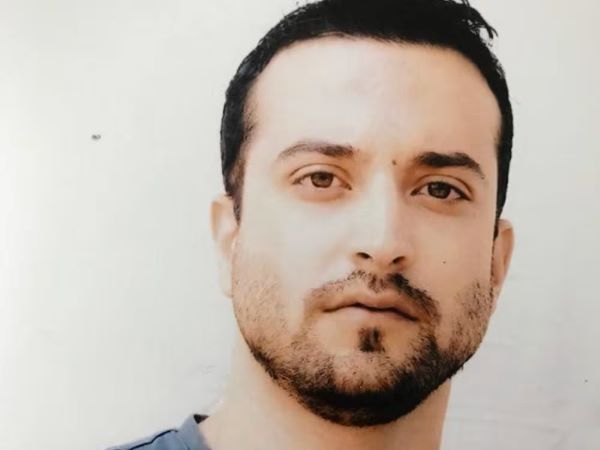Basim Khandaqji - or Bassem Khandakji is a Palestinian novelist, born in the Israeli-occupied West Bank city of Nablus in 1983. He studied Journalism and Media at the Al-Najah National University in Nablus. He wrote short stories until his imprisonment when he was 21 years old, in 2004. He was convicted and jailed on charges relating to a deadly bombing in Tel Aviv, and completed his university education from inside jail via the internet. Inside prison, he registered with Al-Quds University and completed university studies in Political Science with a thesis on Israeli Studies. He also continued writing, including articles about literature, politics, female Palestinian activists and prisoners inside Israeli prisons. He has published several poetry collections including Rituals of the First Time (2010); The Breath of a Nocturnal Poem (2013); The Narcissus of Isolation (2017); as well as novels, including The Eclipse of Badr al-Din (2019); The Breath of a Woman Let Down (2020); and A Mask, the Colour of the Sky (2023).
The Eclipse of Badr al-Din is a novel that intertwines history and fiction.The story is set in the European part of Turkey in the late 14th and 15th centuries, revolving around the tale of Sheikh Badr al-Din Mahmoud. The reader accompanies Badr al-Din on a journey of rebellion against corruption, as he questions the value of knowledge without dignity.
The Breath of a Woman Let Down, depicts an artistic alternative reality, informed by life in Palestine in the years after the First Intifada.
A Mask, the Colour of the Sky won the US$50,000 International Prize for Arabic Fiction for 2024.The owner of Khandaqji’s publishing house, Rana Idriss, accepted the award on behalf of the author serving three life sentences in an Israeli prison since 2004.
The “mask” referred to in Khandaqji’s title has to do with the blue identity card belonging to an Israeli found by the protagonist Nur—an archaeologist living in a refugee camp in Ramallah—in the pocket of an old coat, as the prize’s organizers relay it.
“He adopts this mask,” they write, “and what follows is an experimental and multi-layered narrative which sets out to reclaim elements of history and place with vivid and memorable characterization.”



